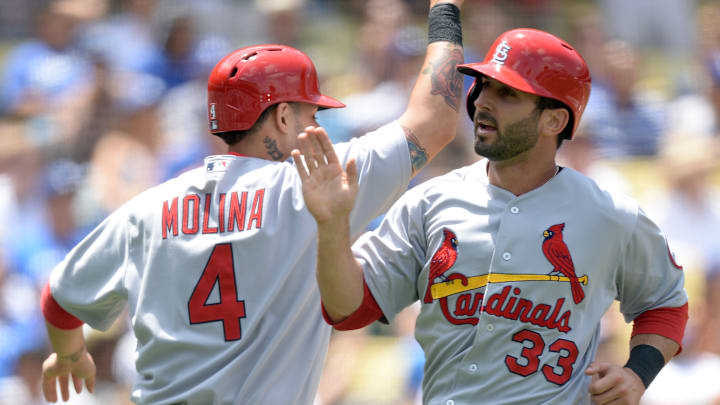8. Signing Lance Lynn
Lance Lynn, welcome back. Lynn's signing came as a shock to many back on November 20th. He will be thirty-seven for most of next season, he was near the top of the league in hits allowed last year, and his 5.73 ERA was also one of the worst among qualified starting pitchers.
Despite all of these weaknesses, Lynn did strikeout batters at a 23.6% rate with 9.4 K/9. That value would have been the best among all starting pitchers last year for St. Louis. Lynn also provides a fire that was clearly absent last year.
Lance Lynn doesn't move the needle much for the 2024 St. Louis Cardinals, but he does help the team with strikeouts and clubhouse culture.
7. Non-tenders of Andrew Knizner, Juan Yepez, and Dakota Hudson
This year, the Cardinals did not tender a contract to Andrew Knizner, Juan Yepez, or Dakota Hudson. Jake Woodford also was not tendered a contract, but the other three players were more significant in my eyes. In the cases of Andrew Knizner and Dakota Hudson, the team cut ties with players who had played multiple seasons with the Cardinals dating back to at least 2019.
The non-tendering of a contract to these individuals showed a change in philosophy. Dakota Hudson, a ground ball pitcher, represented the old way of doing things in baseball. Andrew Knizner had been leapfrogged by Ivan Herrera, a younger, more potent player all around. Juan Yepez didn't have enough defensive versatility, a quality that is key in today's game.
